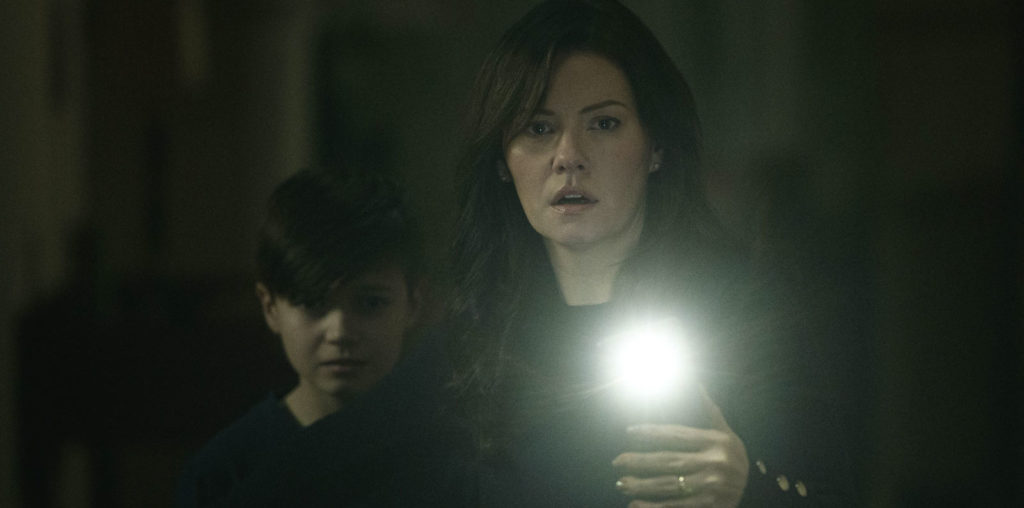
The Burning Man Festival, which takes place every year in Black Rock, Nevada — a make-shift town which rises from the desert annually like Brigadoon — is perhaps the most photogenic spectacle going. Still flying under the radar of mainstream America, Burning Man emerges annually for days of art, music, fun, and idealism before vanishing into the desert flats. Provided your camera’s lightmeter is operational, it would be nearly impossible to make a totally bad documentary about the festival, but I have yet to see the perfect documentary depiction of Burning Man.
Alex Nohe’s “Burning Man: The Burning Season” is getting a decent amount of publicity and a run at a New York City theater. For total Burning Man neophytes, it will probably provide a satisfactory primer, whetting appetites for the real thing. But for Burning Man regulars, some of whom have been convinced that the festival sold out nearly a decade ago, “The Burning Sensation” may prove disappointingly voyeuristic, an incomplete representation of a happening that means so much to so many.
Nohe’s film conjures up memories of long forgotten chestnuts like Max Nosseck’s 1954 “Garden of Eden” and Doris Wishman’s “Nude on the Moon.” Both films were part of a move in the 1950s and 1960s to subvert the Production Code’s restrictions against nudity by couching naked bodies in the context of anthropological exploration. These films used nudist colonies (real and staged) as the documentary context for showing as many naked people as possible with as little plot as possible. For Nohe, Burning Man means naked people gettin’ down. To his credit, there probably are many people flaunting flesh at the festival and Nohe shows at least a third as many naked men as naked women, but he frequently feels like he’s ogling. “The Burning Sensation” runs only 75 minutes and so many questions are left unanswered that you wish the filmmaker would take more time talking to people and less time watching people at the public showers.
When it isn’t fixated on boners and bush, “The Burning Sensation” tries to tell the story of the festival with little vignettes featuring some of the more eccentric figures of Burning Man ’99. There’s performance artist Dea Million, who stages an elaborate marriage to the United States, which devolves into, predictably, a striptease. There are the members of the artist group Woodpussy, who are preparing to launch their founder’s remains into orbit with a homemade rocket. There’s David Best, an artist and collector of Hollywood memorabilia, who makes great show of burning a stuffed horse apparently ridden by Anthony Quinn in “Lawrence of Arabia.” Nohe also gets interviews with several of the festival’s co-founders including Larry Harvey, who for many is the father of Burning Man.
With his limited time, Nohe can’t really make any of his subjects into real people. Because he can’t contextualize their lives outside of Burning Man (what do these people do 350 days a year?), they rarely rise above the level of sideshow freaks. Each artist is fascinating in small doses, but the viewer doesn’t gain any understanding of either their art or their lives. Every artist basically comes across as a drug-addled burnout, which couldn’t have been Nohe’s intention. Nohe lets the quest for naked bodies steer him more than any kind of spirit of collective humanity. There’s a sense of randomness to the filmmaking (which carries over into the soundtrack featuring the likes of Sonic Youth, Mogwai, and The Crystal Method) which fails to mirror the “planned chaos” of the event.
Burning Man is a difficult phenomenon to explain. Its origins and meanings are mysterious even to some of the people who were there in the beginning, when a group of friends went down to a San Francisco beach to celebrate the summer solstice. Burning Man is an art event, a music event, and an experiment in social interaction. It’s also an amazing piece of annual planning, transforming a barren spot of desert into a tent-town, which for two weeks each year becomes the sixth largest in Nevada. Nohe hints at the massive amount of organization and planning that go into putting Burning Man together each year, but he doesn’t do it justice. For hundreds of volunteers, Burning Man is a year round planning exercise that hardly begins when the first car hits Black Rock and certainly doesn’t end when the last car pulls out. Much as he tries, Nohe never rises above the level of gawking observer.
Of course, what he observes is sometimes stunning and nobody will get bored watching “The Burning Sensation.” The film’s climax, the burning of the massive effigy that gives the festival its name, is remarkable. A statuesque naked woman lights a stuntman on fire and he, in turn, lights the Burning Man while onlookers cheer, dance, and sing. But what does the visceral impact of this scene have to do with Nohe as a filmmaker? Very little. Similarly, his depictions of the various artists at work are sometimes captivating, but the performances themselves are the attraction and Nohe brings little to the screen beyond the camera’s access. There’s a difference between documentary filmmaking in observational mode and documentary filmmaking in a passive mode. Nohe could look at, say, “Monterrey Pop” to see an example of the former and at his own film for an example of the latter.
One of Burning Man’s “rules” is that the festival is for participants only and not spectators. Nohe has made a decent “intro” documentary, but he feels like a spectator and not a participant. Burning Man veterans will likely feel the same way when watching his film.

